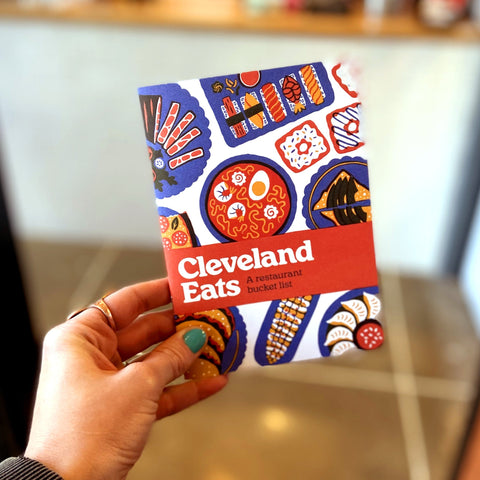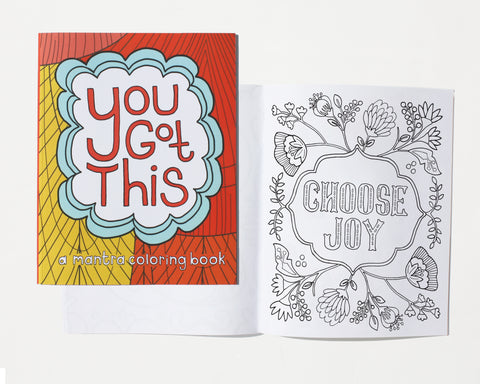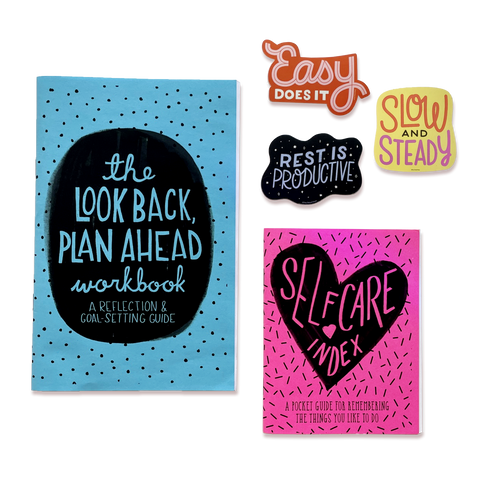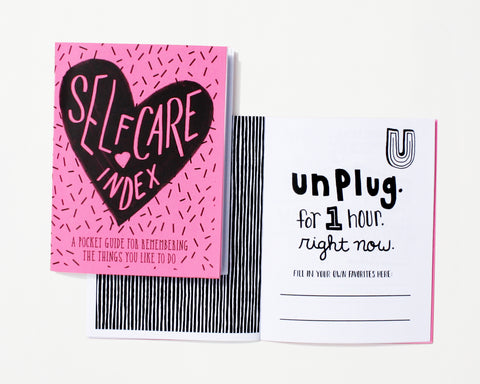You've probably heard of the research backing up the reasons to regularly practice gratitude, but we all know that we don't always do the things that we know are good for us.
I spent the past year using our Calendar of Good gratitude calendar to keep a gratitude practice, and wanted to share my experience. Let's dive in!
Why use a gratitude calendar?
So why use our gratitude calendar instead of a more traditional gratitude journal? We wanted to keep the pressure low— instead of a page to fill out for each day, our Calendar of Good limits you to one line.
Our premise for creating the Calendar of Good was simple.
Our lil' human brains have a negativity bias — we hold onto bad news more easily than the good stuff.
But good things are happening all around us every day, too! It's up to us to notice them and keep them at the forefront.
The Calendar of Good is a beautifully designed 12-month calendar to help you remember the good things, big and small, that happen all around us every day.
The concept couldn't be simpler: at the end of every day, write down one positive moment. At the end of the year, you'll have a keepsake full of joyful memories to serve as an instant pick-me-up.
It's the simplest and lowest-pressure way to start a gratitude practice.
Lessons from a year of keeping a gratitude calendar
1. The small moments matter as much as the big.
There are some days that my moment of good was something memorable that I can remember the event very vividly, like seeing Glass Onion with friends (January 15th) or going on an Easter hike (April 9th).
But most often, I have zero memory of that day’s goodness— things like “v good almond croissant” (March 2nd) or “creative writing deep work” (August 28th).
Even when I can’t remember the particular event, I do have a sense of the feeling that likely accompanied it.
I can imagine how satisfying a good croissant would have been, and how accomplished I would have felt after a fulfilling deep work session.
My lesson that I’m taking away from this is— While keeping a gratitude journal is about tracking events, it’s also about tracking good feelings and what prompted them.
2. Practice, not perfection.
While the Calendar of Good makes for a beautiful keepsake, most of its value for me is in the practice of pausing each day to reflect on a moment of good.
I also love that it is a physical product (that is so nice to look at) instead of another notification drawing me into my phone.
3. The bad days have their own lessons.
Yep, there were a handful of days that I was so grumpy, or got a piece of heartbreaking news, or felt so down-in-the-dumps, that my first (and second and third) thought was that nothing good had happened that day. After reviewing my Calendar of Good, I realized that I usually handled these days in one of few different ways:
- I noted a good, productive thing I did that day, like “thought about Free Period marketing” (May 8th) or “sorted bookshelf” (Jan. 22)
- I noted a nice thing I did for myself, sometimes with a hint of dark humor. Example: “took 2 naps” (October 4th)
- I noted something good that happened to someone else “L got a job” (March 22nd) or “[Kiddo]’s first water table playtime” (June 17th)
4. Patterns become pretty obvious.
After a year of keeping a gratitude journal, I began to notice patterns of what brings goodness into my life. In particular, my Calendar of Good has multiple entries related to:
- Delicious meals I ate
- Having a moment of rich solitude
- Seeing friends and family
- Kiddo milestones
- Work wins
- Going on family adventures
I do not need to be a happiness scientist to say, “Hey, maybe I should try to do more of those things!”
5. Use the laws of creating a good habit.
Knowing the benefits of practicing gratitude is one, thing, but actually doing it is another!
Here I turn to habit master, James Clear, for advice on how to form a new habit. His four laws of creating a good habit are:
- Make it obvious
- Make it attractive
- Make it easy
- Make it satisfying
So how does that apply to my own Calendar of Good practice? Let's review!
Conclusion
Overall, I love the glimpse into my life that flipping through my Calendar of Good gives me. I love that the moments are more mundane than monumental.
The whole thing reminds me of the Mary Oliver poem, The Messenger. So I’ll leave you with that.
Thanks for reading! If you've kept a Calendar of Good, I would love to hear about your own experiences!
The Messenger by Mary Oliver
My work is loving the world.
Here the sunflowers, there the hummingbird-
Equal seekers of sweetness.
Here the quickening yeast; there the blue plums.
Here the clam deep in the speckled sand.
Are my boots old? Is my coat torn?
Am I no longer young, and still not half-perfect? Let me
Keep my mind on what matters,
Which is my work,
Which is mostly standing still and learning to be astonished.
The phoebe, the delphinium.
The sheep in the pasture, and the pasture.
Which is mostly rejoicing, since all the ingredients are here,
Which is gratitude, to be given a mind and a heart
And these body-clothes,
A mouth with which to give shouts of joy
To the moth and the wren, to the sleepy dug-up clam,
Telling them all, over and over, how it is
That we live forever.








